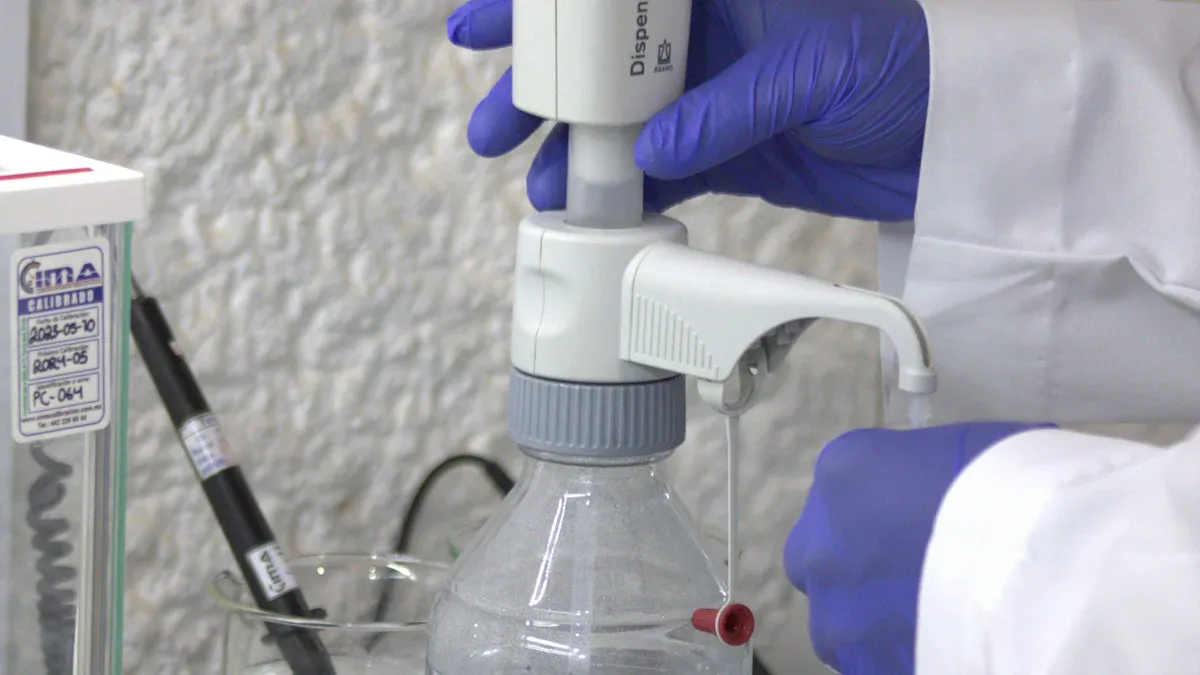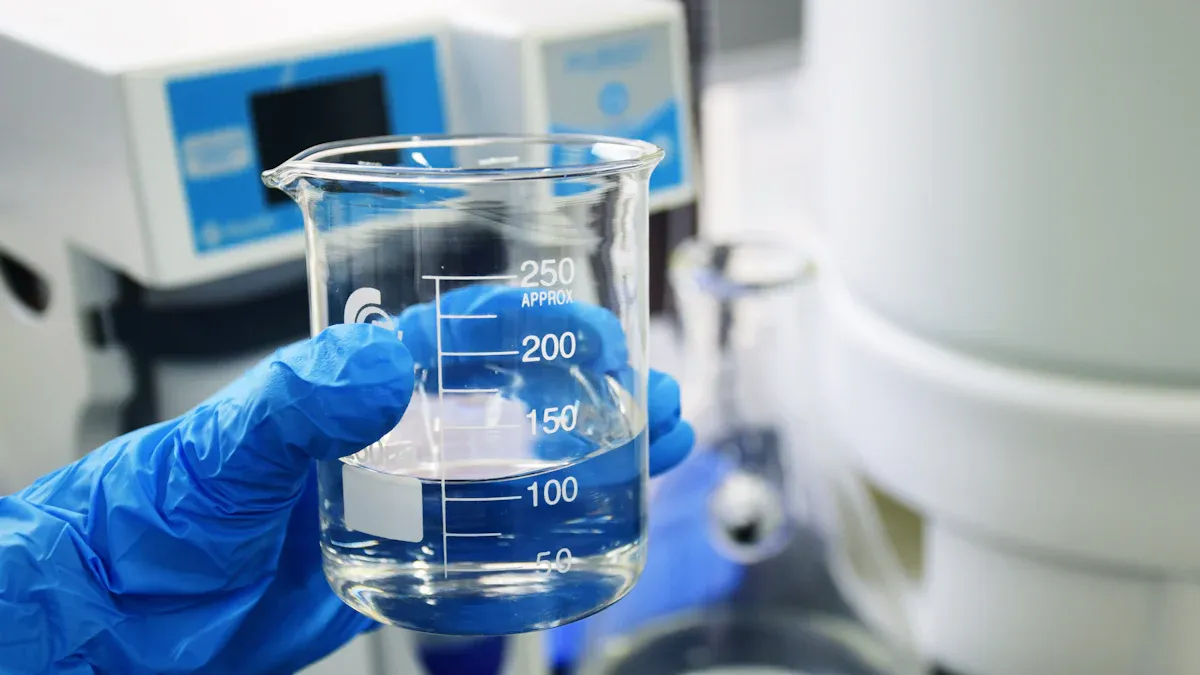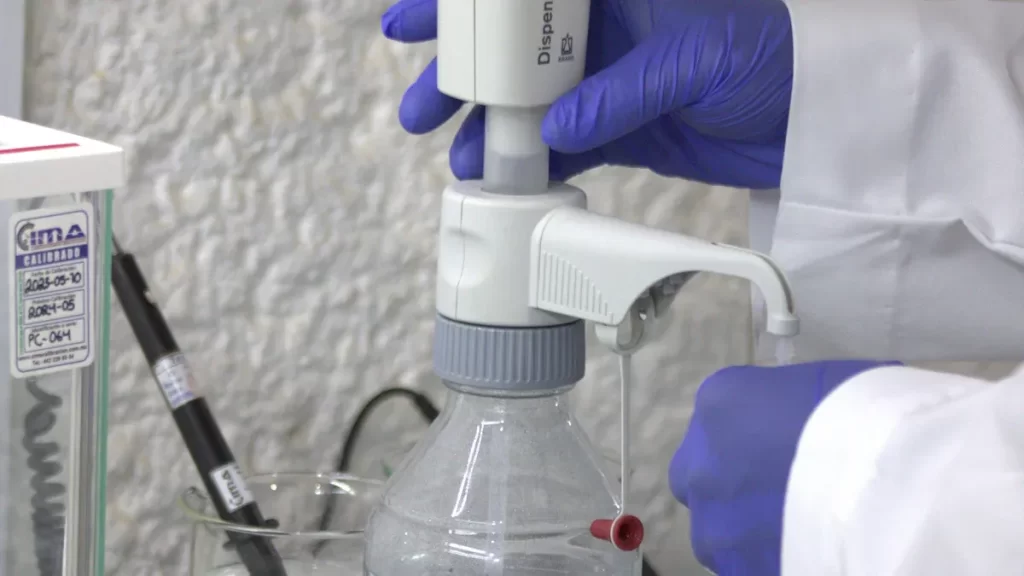Antibody knowledge
What Makes Reagent in Total Protein Test So Important Today

You rely on the reagent in total protein test for accurate results each time you measure protein in the lab. The bradford assay stands out because it uses a color change to reveal protein levels. Understanding the bradford reagent helps you trust your findings and explains why scientists still choose it today.
Key Takeaways
The Bradford assay uses coomassie dye to measure protein levels through a visible color change from brownish-red to blue.
For accurate results, always prepare the Bradford reagent fresh and mix samples well with the reagent.
The assay is fast and reliable, providing results in under 10 minutes, making it a popular choice in modern labs.
Bradford Assay Overview

What Is the Bradford Reagent?
You use the Bradford reagent when you need to measure protein in a sample. This reagent in total protein test contains a special dye called coomassie. When you add it to your sample, the dye reacts with the protein. The bradford assay uses this reaction to show you how much protein is present. The dye starts out brownish-red. When it meets protein, it turns blue. This color change is easy to see and measure.
The bradford protein assay is a colorimetric method. You can see the color change with your eyes, but you get more accurate results with a spectrophotometer. The machine measures how much light the blue dye absorbs at 595 nm. Before the reaction, the dye absorbs light at 465 nm. This shift in absorbance tells you how much protein is in your sample.
Purpose in Protein Testing
You want to know the protein concentration in your sample for many reasons. The bradford assay helps you do this quickly and with little error. Many labs use this method because it works well with small amounts of protein. The colorimetric approach makes it simple to compare samples. You can use a standard curve to match the color to a known concentration.
Tip: Always mix your samples well with the reagent to get the best results.
The bradford method is popular because it is fast, reliable, and easy to use. You can trust the results when you follow the steps. This is why the bradford and colorimetric assays remain important in science today.
Components of Reagent in Total Protein Test
Coomassie Brilliant Blue G-250
You find coomassie at the heart of the reagent in total protein test. This dye gives the bradford assay its unique colorimetric power. When you add coomassie to your sample, it reacts with protein. The dye binds to protein through hydrophobic interactions and bonds with basic amino acids.
The neutral ionic species of CBB binds to proteins by a combination of hydrophobic interactions and heteropolar bonding with basic amino acids.
This reaction causes the color change you see in the bradford protein assay. The blue color tells you how much protein is present. Coomassie makes colorimetric protein quantification fast and reliable. You can trust this method for accurate protein quantification.
Acidic Solution (Phosphoric Acid)
You need an acidic solution to keep the reagent in total protein test stable. Phosphoric acid creates the right environment for coomassie to work. The acid helps the dye stay in the correct form so it can bind to protein. Without phosphoric acid, the colorimetric reaction would not happen as expected. You add the acid during preparation to make sure the total protein test gives you clear results. This step ensures the concentration of protein matches the color change.
Solvent (Ethanol or Methanol)
You use a solvent like ethanol or methanol to dissolve the dye and acid. The solvent helps mix all parts of the reagent in total protein test. It keeps the solution clear and ready for use. When you prepare the bradford reagent, you combine coomassie, phosphoric acid, and the solvent. This mixture lets you perform the assay quickly. The solvent ensures the reagent spreads evenly in your sample, so you get accurate protein concentration readings every time.
Tip: Always prepare the reagent fresh for the best results in protein quantification.
Measuring Protein Concentration with Bradford

Sensitivity and Specificity
You want your protein assays to give you results you can trust. The Bradford assay helps you do this by using a colorimetric method that reacts strongly with protein. When you add the reagent to your sample, the coomassie dye binds to basic amino acids in the protein. This binding causes a clear color change. You see the solution turn from brownish-red to blue. This color shift means the assay is sensitive to even small amounts of protein. You can detect protein concentration as low as 1 microgram per milliliter. The method works best with proteins that have many basic amino acids. You get high specificity because the dye does not react much with other molecules. This makes the Bradford assay a top choice for protein quantification assays in many labs.
Color Change and Standard Curve
You measure protein concentration by looking at the color change in your sample. The more protein you have, the deeper the blue color becomes. You use a spectrophotometer to measure the absorbance at 595 nm. This reading tells you how much protein is in your sample. To get accurate results, you create a standard curve. You prepare several samples with known protein concentration. You measure the color of each one. Then, you plot these values on a graph. When you test your unknown sample, you compare its color to the standard curve. This lets you find the exact protein concentration. The colorimetric method makes it easy to see differences between samples. You can use this approach for many protein assays and protein quantification assays.
Tip: Always use the same type of protein for your standard curve as you use in your test samples. This helps you get the most accurate protein quantification.
Reliability in Modern Labs
You need protein assays that work fast and give the same results every time. The Bradford assay gives you this reliability. You can finish the test in less than 10 minutes. The method uses simple steps. You mix your sample with the reagent, wait a few minutes, and read the color. You do not need special equipment beyond a basic spectrophotometer. The colorimetric protein quantification is easy to repeat. You get the same results if you follow the method each time. Many labs use the Bradford assay for routine protein quantification assays. The method works well for different types of protein and sample sizes. You can trust the assay for both small and large protein concentration ranges. The Bradford method remains a standard for protein quantification assays because it is fast, simple, and accurate.
Note: The Bradford assay may not work as well with proteins that have few basic amino acids. Always check your protein type before choosing your assay.
You see why the Bradford assay and its reagent are so important in protein quantification assays today. The method gives you sensitive, specific, and reliable results for protein concentration. You can use it for many types of protein assays and protein quantification assays in your lab.
You see how each part of the Bradford reagent helps you measure protein. Coomassie dye, acid, and solvent work together for clear results. The Bradford assay gives you fast, reliable answers. You can trust this method in your lab every day.
FAQ
What makes the reagent in total protein test so reliable for protein quantification assays?
You get reliable results because the reagent reacts quickly with protein. The bradford assay uses coomassie dye, which shows clear colorimetric changes for accurate protein quantification.
How do you use absorbance at 595 nm in the bradford protein assay?
You measure the color change with a spectrophotometer. The absorbance at 595 nm tells you the protein concentration in your sample using a standard curve.
Can you use the bradford method for all protein assays?
You use the bradford method for most protein assays. It works best with proteins rich in basic amino acids. Always check your protein type before starting the test.

